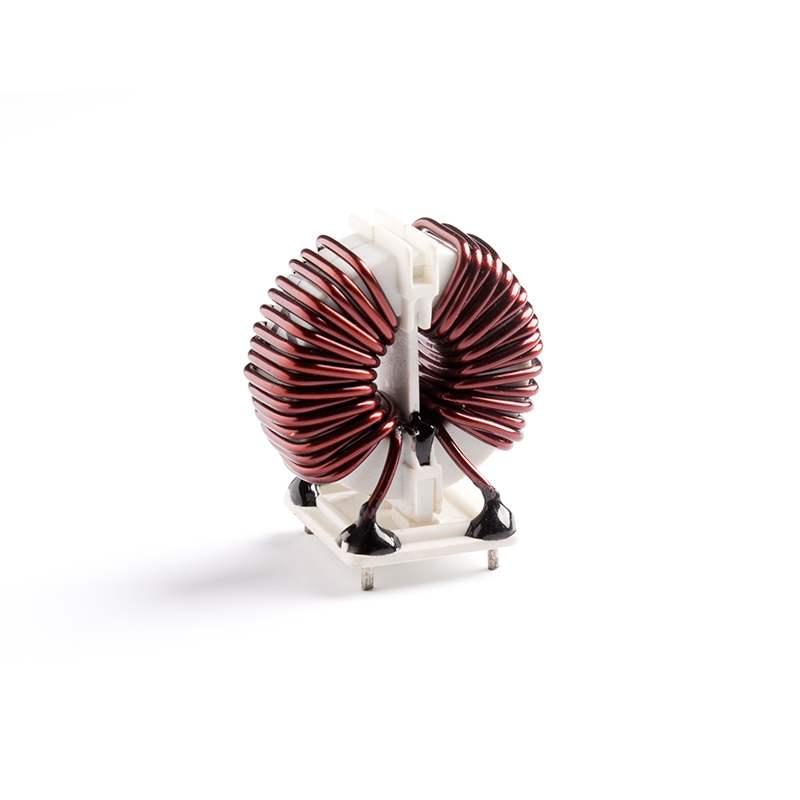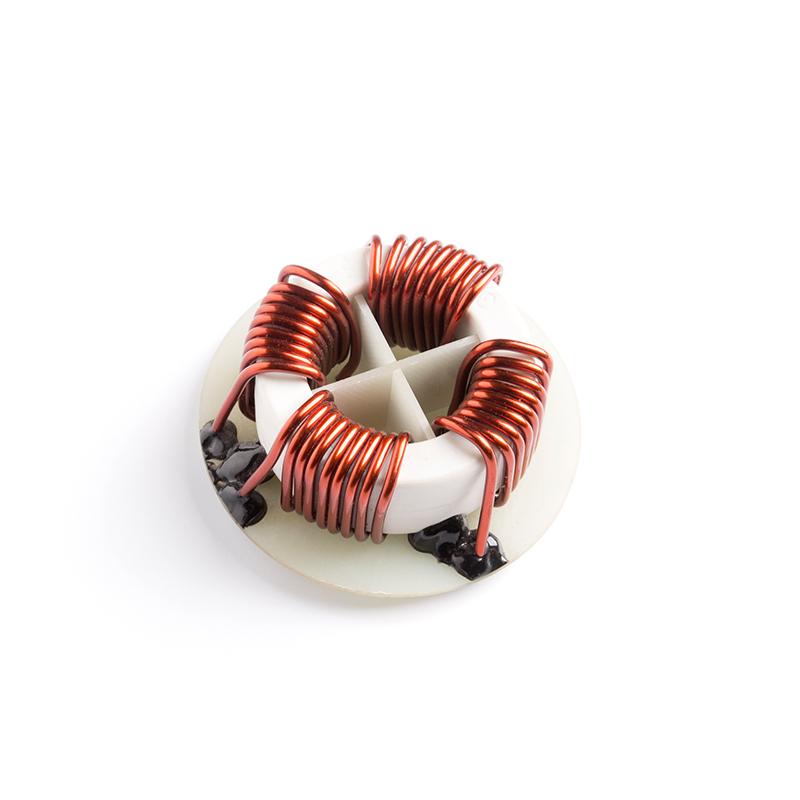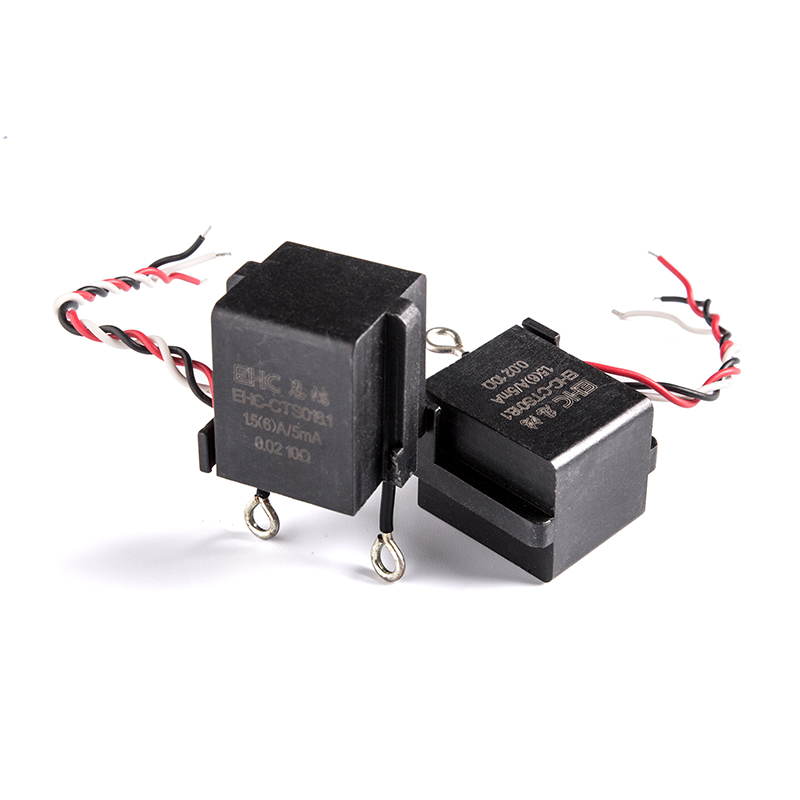Inductors are designed for different purposes. Their designs vary by application, and some of the inductors based on their use are shown below.
Multilayer Inductor
As the name suggests, these inductors have multiple layers of wire wrapped on top of each other. This inductor has a larger inductance due to the increased number of winding turns.
Inductor type
In these multilayer inductors, not only the inductance of the inductor is increased, but also the capacitance between the wires is increased. The biggest advantage of these inductors is that by providing a lower operating frequency, we can obtain higher inductance results.
These types are used for high-frequency noise suppression and are used in signal-processing modules such as wireless LAN, Bluetooth, etc. They are also used in mobile communication systems.
Thin Film Inductors
This type of inductor is designed on a substrate of thin ferrite or magnetic material. A conductive spiral copper trace is placed on top of the substrate. The design allows for stability and vibration resistance.
Inductor type
Due to its high precision, high performance, and compact size, it is used in mobile communication devices, wireless networks, and power supplies, among others.
Molded Inductors
This inductor, like a resistor, is coated with an insulating material, such as molded plastic or ceramic. The magnetic core is made of ferrite or phenolic material. Windings can have different designs and come in different shapes such as axial, cylindrical, and rod.
Inductor type
Molded inductors are also available for SMD and THT. They are small and lightweight and can be used in PCBs (Printed Circuit Boards), mobile devices, and computers, among others.
coupled inductance
Coupled inductors are made of two windings around a common magnetic core. EMF is induced in the secondary winding due to the flux change in the first winding; this phenomenon is called mutual inductance. The two windings are electrically isolated. Thus, coupled inductors provide electrical isolation between the two circuits. Transformers are coupled inductors.
Inductor type
Depending on the winding, they have a variety of applications. 1:1 windings are used more than inductors for electrical isolation or to add series inductance. The winding ratio of a 1:N coupled inductor (can be boosted or stepped down) is used in other energy conversion circuits such as flyback, SEPIC, ZETA, etc.

 English
English 中文简体
中文简体 Deutsch
Deutsch 日本語
日本語

 View More >>
View More >> View More >>
View More >> View More >>
View More >> View More >>
View More >> View More >>
View More >> View More >>
View More >> View More >>
View More >> View More >>
View More >>